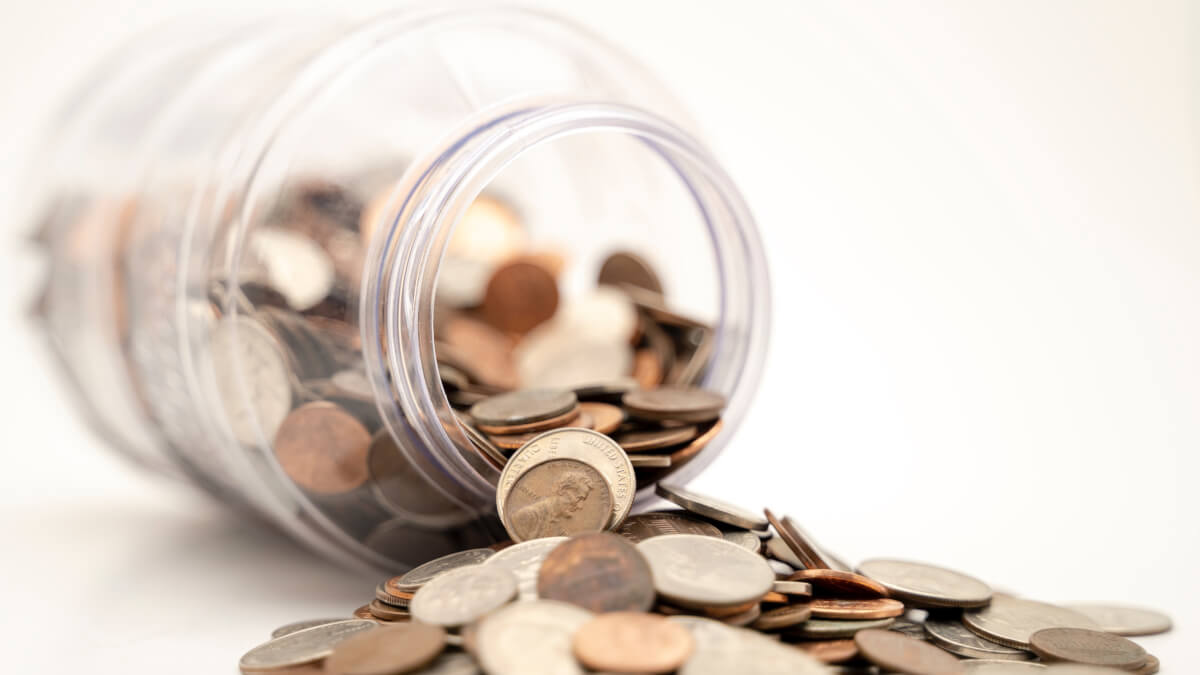While innovation has changed the way that people finance their lives, many of the traditional banking tools and practices still apply. Writing a check, for example, is still a valid method of payment. You need checks to manage your finances. They are useful for delivering payments, receiving salary from your company, and obtaining birthday checks on a card. You may also need to write a personal cheque. There could be many reasons for this. Thus, we have made this post on how to write a check to yourself.
The process is also automated for people who often write checks. Although it might seem difficult to write a check for yourself, it is possible. Digital transfers are replacing checks, although they haven’t completely replaced them yet. These are the steps to help you write a check. Follow along!
What is Check to Money?
The check on which you usually write the name of payee” has the word “Cash” on the check payable to cash.
- A check receivable for funds is not payable at a particular person or company. Anyone with the check can cash it or transfer it.
- Most checks can only be made payable to someone who has the ability to collect the funds.
- Only the payee can deposit or handle the check.
- You should write “Cash” instead of the payee’s name for this type of check.
How to Write a Personal Check
Here are the steps to create a check to yourself.
Step 1: Take a look at the check and enter the date.
In the space to the right of the check, write the date. The US standard is to use the month/day/year format. This information is important because it tells banks when the check was written. Additionally, it indicates if the check is postdated, which must be paid on or after the check’s period.
Step 2: Type the name of your recipient.
After the words “Pay to the Order Of,” fill in the recipient’s name on the empty line. You are writing the cheque to yourself so it should include your name. To get better results, include your first name and last name.
Step 3: Enter the numeric amount
Add the amount in dollars and cents by using the numbers in the box to the right of the participant’s name. It is important that the amount be written as close to the check’s left side as possible.
Step 4: Type the amount in a large word form
Along with the participant’s name, the dollar amount must be entered in expanded word form in the space below. Cents must be expressed in fractions. This is the amount that you have to write on your check.
5. Please sign the following.
In the lower right corner of the cheque write your name. This document must be signed. The bank cannot process your cheque if you don’t sign this document. Double-check your signature before you sign the cheque.
Step 6: Send the check
You can either bring the cheque in person or send it to your bank. Your ID must be presented to the bankteller. The check may also be deposited at an ATM, or you can scan the check’s front and reverse with your smartphone and submit it to your bank’s mobile app.
There are many reasons to write a check to yourself
There are a few reasons you might want to write a check for yourself:
1. Transferring money from one account to another
This is what a transfer is in a bank is called. You can deposit these funds into your other account by writing the check described above.
You can also do this digitally, by accessing your bank account via a smartphone/computer and moving money around accounts. This can be done via the phone.
2. Instantly cash a cheque
Writing a check to your self might help you get money if you have a pressing need. A check to be cashed might be deposited or cashed at an ATM. On the line that reads “Pay to the order of,” you would put “Cash” to write a check to withdraw cash. Because anyone can use the check, it becomes almost equivalent to cash.
3. To cash your checks, you can use shared bank accounts
You and the individual with whom you share a bank account can make checks payable to yourselves if you’re a joint account.
Banks do not require the confirmations of each account holder to cash or lodge a cheque. If you use this account to make a check for yourself, you can deposit it in another account and not involve the other person.
4. Cashing company checks out of accounts
To draft a company check, you must be approved to sign it. When an account is created in that name, the banking firm needs the names and signings of all owners, executives, and staff members authorized to sign checks on the company’s behalf. This is the only person who can make checks from the account, unless another person has granted it.
As an authorized signer, you can make a check payable only to yourself and deposit it into your checking account. You can do this by following the same steps as before.
Pros & Cons of Write a Check to Yourself
Some pros & cons of writing a check to yourself include:
| Pros | Cons |
| There are no convenience surcharges | Checks are costly. |
| Solid evidence of payment | It takes longer to process. |
| Secure method to send money. | If you write too many checks, your bank may charge a service fee. |
| There is no need for training. | It is possible that you will need to keep a minimum amount in your bank account. |
| Nearly every company uses them. | |
| They are well-known. |
There are other ways to move your money

Transferring money between bank accounts is simple. You will need to wait for your bank to return the check if you are required to write a personal check.
You will need to wait a few days before you can transfer funds between banks. Many electronic tools are available to simplify the transfer process for customers.
ACH transfer
A bank-to-bank transfer (also known as an ACH Transfer) is the best way to move your money. It’s an electronic way to move money between accounts. You can use your bank’s bank-to-bank transfer services to avail this option. An online bank account allows you to connect multiple accounts. This is why it’s so popular.
This feature is also available at brick-and-mortar bank branches. The Automated Clearing House network allows funds to be electronically transferred at no cost.
Apps and services that are available online
You can transfer funds between accounts if your bank doesn’t allow it. However, there are other options and third-party apps that you could use. These apps allow you to access your bank account funds. However, this method can be time-consuming and will require a lot more effort to set up the charges.
While small transactions can be done quickly, large amounts require a lot of effort and time to complete. A PayPal account linked with a checking account can be used to make a regular PayPal account.
Joint bank accounts
A joint account is an account that more than one person or entity has opened. Joint bank accounts are often opened by close family members or business partners. However, they can also be used for other purposes such as the club committee.
Writing a check to cash isn’t good; how to write it anyway:
Writing checks to cash isn’t a brilliant idea since you’ll be out of pocket for the cost of writing the check and any check processing costs. If you have insufficient money in your account and have to write checks to yourself to meet the face value, you may have to pay a $25 surcharge, so don’t create a $ 100,000 check with yourself for fun.
You will have to pay an additional $30 fee if you write a $1000 check with a $1000 transaction fee and you must pay a 3% transaction charge on your card.
Most Frequently Asked Questions
Is it possible to write a check and cash it?
Yes, you can cash checks that have been written to you. But, double check that you have enough money to cash the check. If you wouldn’t, you can face criminal charges.
Is it possible to write a check for yourself?
Yes. Putting your name on the “Pay to the order of” line is the most secure and straightforward method to write a check to yourself. Complete the signature line and date as usual. Next, endorse the check at your institution in a designated space on the reverse. Then provide your ID for the teller.
What is the maximum amount I can write myself a check?
Personal checks do not have a limit on the amount of money that can be written. A personal check can be written to you for any amount as long as it is in your checking account.
How can I send money?
The following steps can be used to send money directly to yourself:
- Sign in to your bank’s website or download the app.
- Click the Transfer button to send money to another bank.
- Type in the account’s routing and account details from the other bank.
- Move on.
These facts are also highlighted in the infographics below.

How can I cash a personal cheque myself?
These are the places where you can cash a personal cheque to yourself:
- You can find a local bank or credit union.
- The Issuing Bank
- Walmart offers processing services.
- Service stations and terminals for travelers
- Food markets
- Grocery store
Conclusion
The above discussion shows that it’s easy to write a check and transfer money from bank-to-bank. It would be helpful if you didn’t visit another bank with cash, or pay wire transfer fees to receive funds from any other banks.
It is important that you have sufficient funds in your account to deposit the check when you create a personal check. When the receiving bank accepts the poor check, your check will be bounced.



